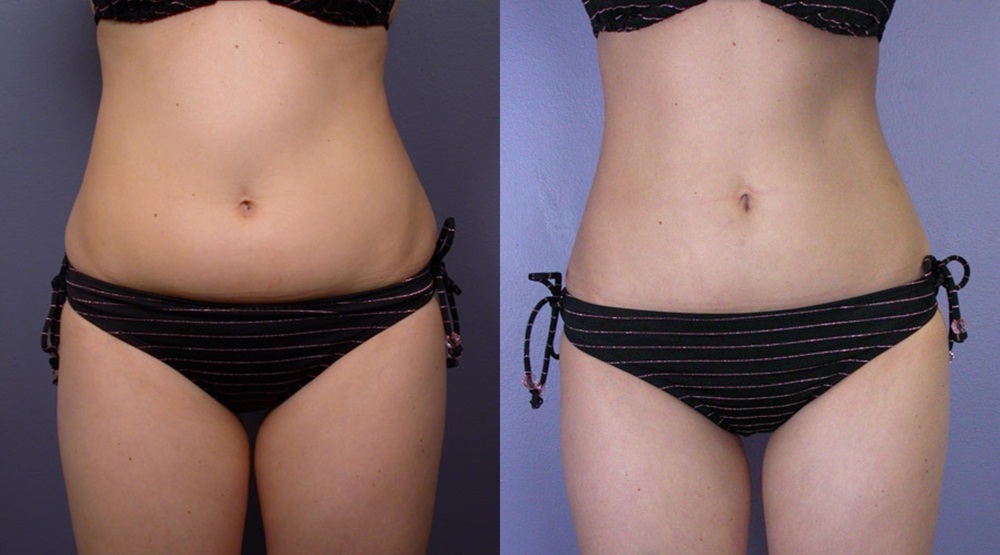Liposuction is a cosmetic surgical procedure designed to remove excess fat from specific areas of the body, contouring and reshaping the silhouette. It's important to note that liposuction is not a weight-loss method but rather a body contouring technique.
Here are key aspects of liposuction surgery:
-
Candidate Assessment:
- Good candidates for liposuction are generally individuals with localized areas of excess fat that are resistant to diet and exercise.
- It's important that candidates are in good overall health and have realistic expectations about the outcomes of the procedure.
-
Types of Liposuction:
- Traditional Liposuction: Involves the insertion of a thin tube (cannula) through small incisions to suction out fat.
- Tumescent Liposuction: A fluid containing anesthetic and saline is injected into the target area before fat removal, reducing bleeding and improving comfort during the procedure.
- Laser-Assisted Liposuction (Laser Lipolysis): Involves the use of laser energy to liquefy fat before removal.
- Ultrasound-Assisted Liposuction (UAL): Uses ultrasound energy to break up fat cells, making them easier to remove.
-
Procedure Steps:
- The specific steps of the liposuction procedure depend on the chosen technique and the areas being treated.
- Small incisions are made near the target area.
- A cannula is inserted through these incisions to loosen and suction out the excess fat.
- The incisions are typically small and placed in inconspicuous locations.
-
Recovery:
- Recovery time varies, but patients can generally expect some swelling, bruising, and discomfort.
- Compression garments are often worn to help reduce swelling and support the treated areas.
- Most people can return to light activities within a few days but may need several weeks for a full recovery.
-
Results:
- Results of liposuction are often visible once swelling subsides, revealing a more contoured and sculpted appearance.
- It's important to maintain a healthy lifestyle, including a balanced diet and regular exercise, to optimize and sustain the results.
-
Considerations:
- Liposuction, like any surgical procedure, carries potential risks, including infection, bleeding, and changes in skin sensation.
- Choosing a qualified and experienced plastic surgeon is crucial for a safe and effective outcome.
- Realistic expectations are essential, as liposuction is not a solution for weight loss or a substitute for a healthy lifestyle.
Before undergoing liposuction, individuals should consult with a board-certified plastic surgeon who can assess their suitability for the procedure, discuss goals and expectations, and provide information about potential risks and benefits. Additionally, non-surgical alternatives, such as coolsculpting or laser treatments, may be considered based on individual needs and preferences.



